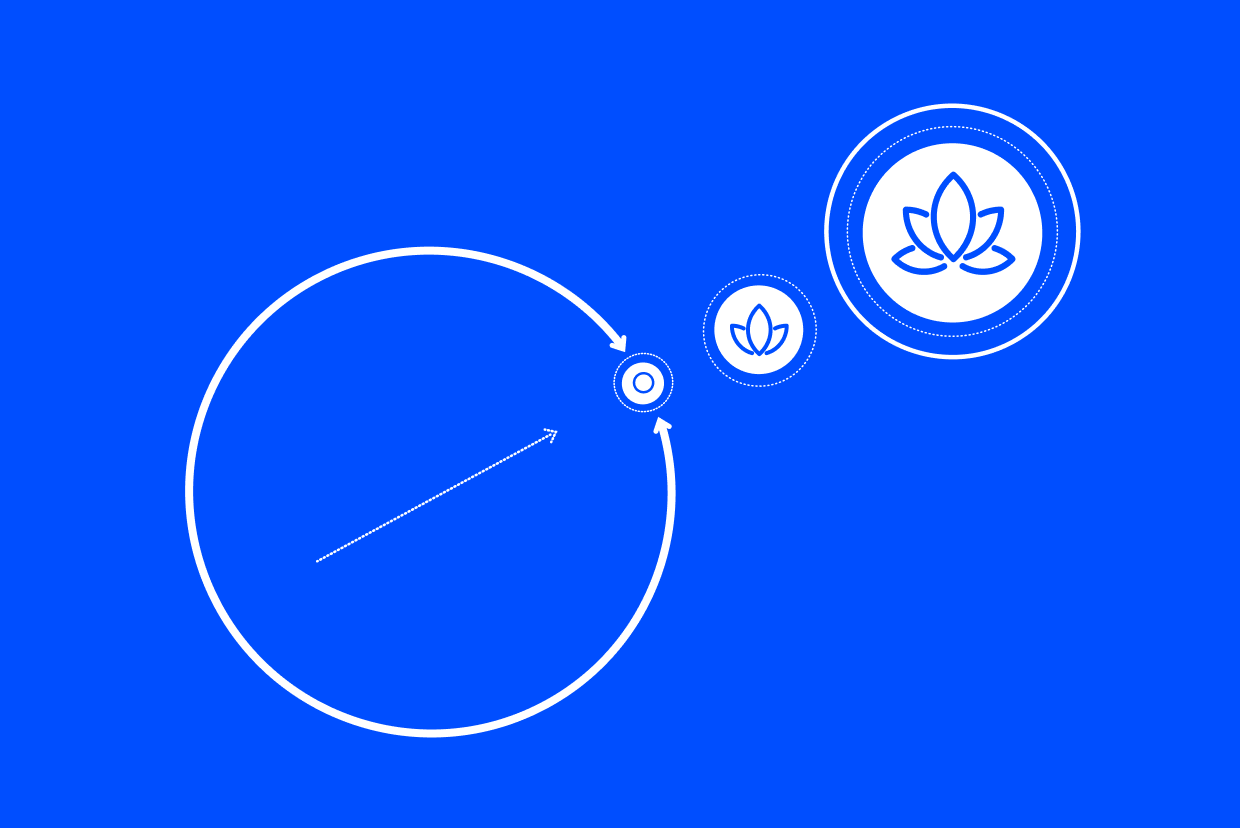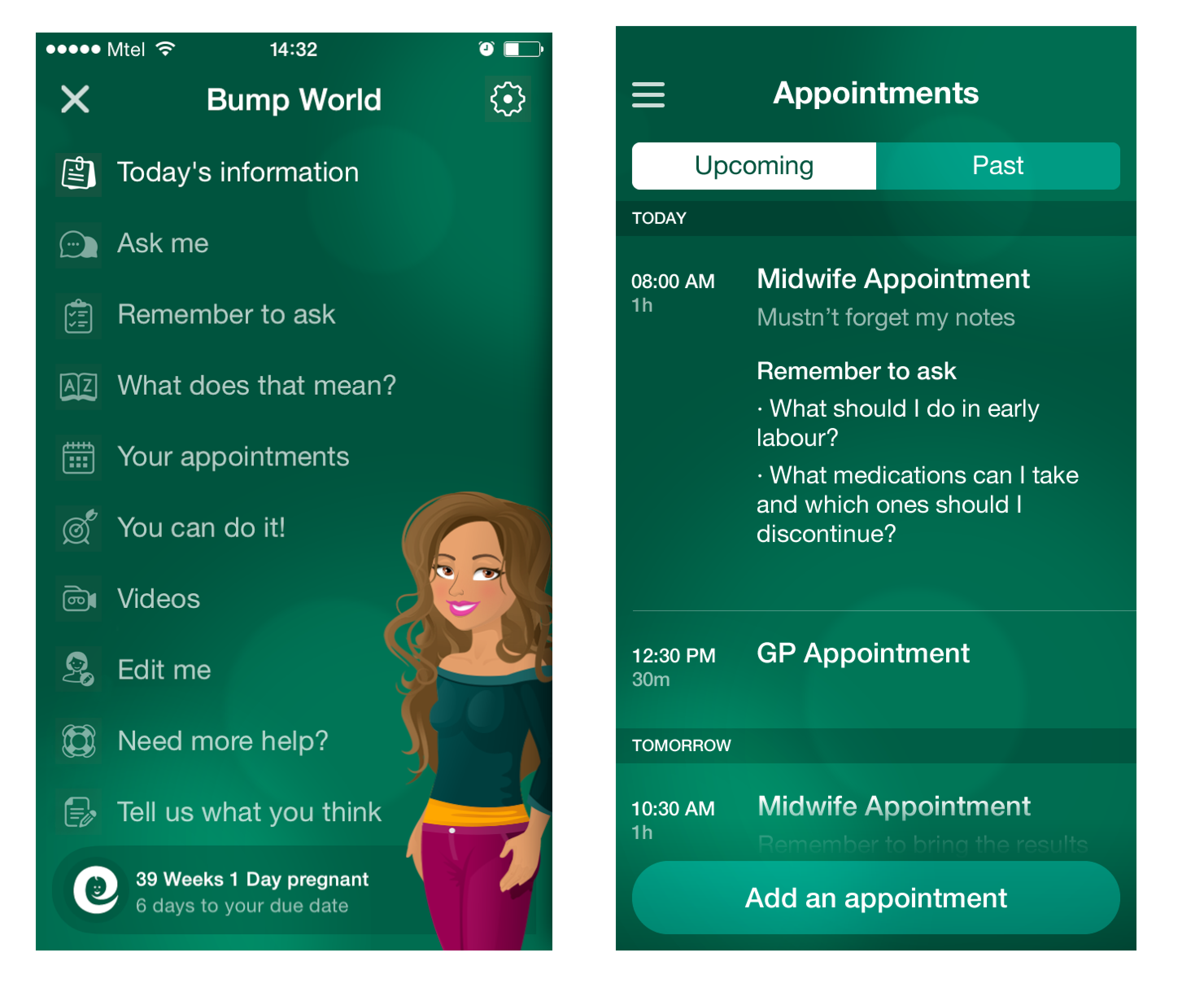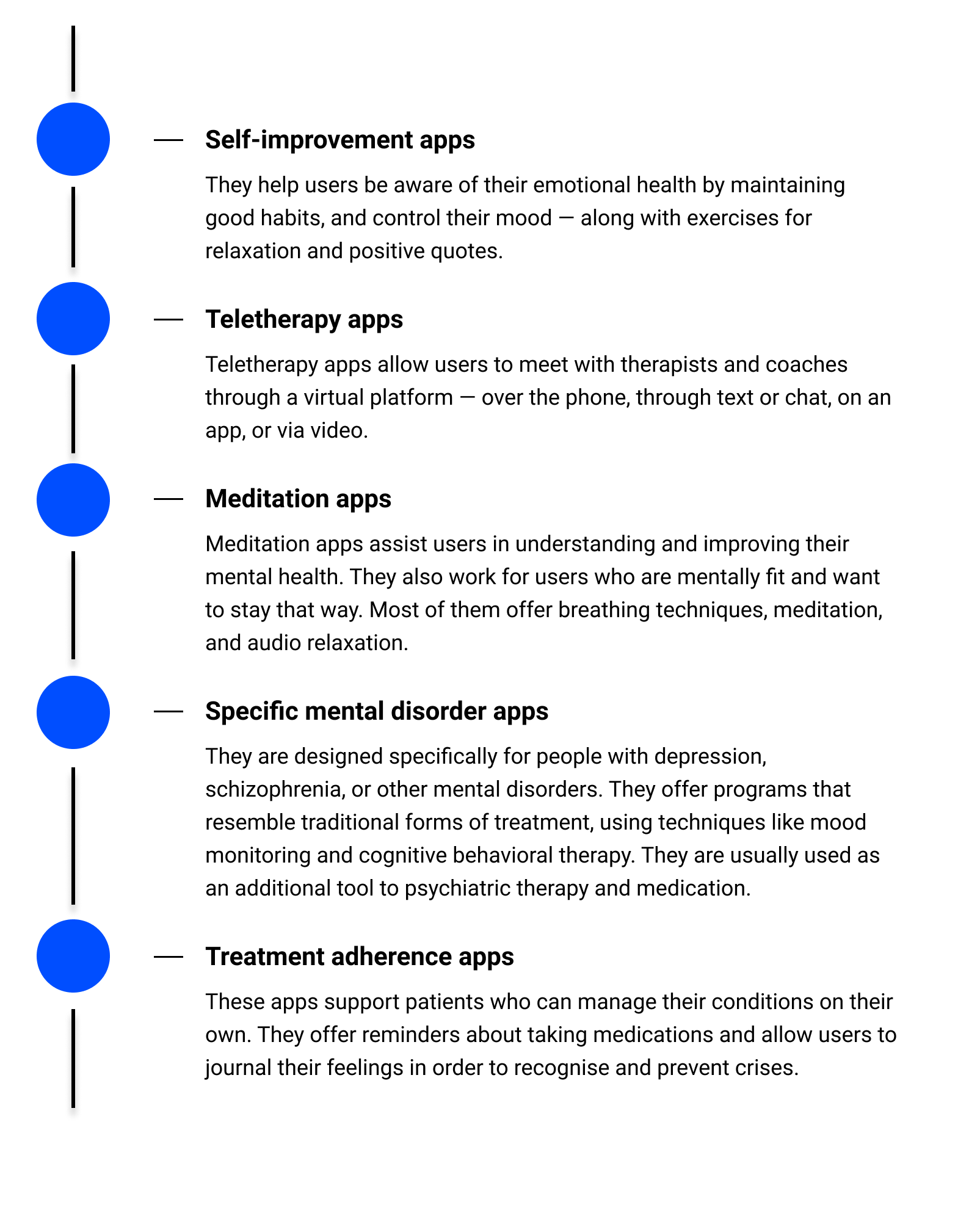
Never before have we seen such a surge in apps focused specifically on mental wellbeing, mindfulness and stress reduction. And although there are thousands of mental health apps emerging every day, only a handful of them attract more than a few thousand downloads. It’s hard to make a mental health app compete with sticky social media apps and still fulfil its purpose of improving wellbeing.
At Despark, we’re firm believers that technology can be the solution and not just the problem, as long as you have the right intentions and tools at hand. That’s why we’ve devised this 8-step strategic guide to approaching the development of wellbeing apps, based on our 14+ years of experience building digital experiences:
- Have a clear direction in mind
- Make your product evidence-based
- Get the proper accreditation & regulation
- Know your functions & features
- Test, Test, Test
- Think human-centric
- Engage users
- Be honest and transparent
Step 1: Have a clear direction in mind
Developing a digital product is a complex process. But, as with most things in business, having a clear direction in mind will make all the difference for your organisation.
Тhe first and most important step is to decide how exactly your digital product is going to help people take care of their wellbeing. Or in other words, think about why you are doing this. Defining your ‘WHY’ can be broken down into 2 stages.
Firstly, ask yourself ‘why do people need this product or service?’ and ‘why does my business need to go digital?’ Make sure you answer these questions honestly and critically before moving on. Secondly, answer the question ‘who is it for?’. Think about the specific subgroups that will find your product or service the most useful.
Start with the most common issues your patients are facing and think about your strongest sides as a mental health provider - do you specialise in mental health disorders or do you lean towards general self-improvement advice? You might want to focus on a specific subgroup of people that face similar challenges, such as millennials struggling with adulthood, for example. Focusing on a smaller subgroup is essential when testing your idea, rather than trying to cater for everyone straight away.
Need some examples? Here’s our list of the most common types of mental health apps:
A case in point - Baby Buddy
A few years ago we worked with Best Beginnings to create an app specifically tailored to help mums-to-be with practical advice during their pregnancy. The Baby Buddy app is a trustworthy virtual ‘friend’ that shares vital health information with the user, whilst remaining upbeat and supportive. Besides physical health, the app provides mental health resources for new parents.
Surveys conducted found that Baby Buddy helped more than 80% of users learn more about pregnancy and almost a 100% of parents felt it helped them to look after their own health with a quarter reporting a significant health impact. More than 95,000 unique users have downloaded Baby Buddy and it has received endorsements from some of the largest healthcare organisations across the UK. Baby Buddy also won the digital industry's prestigious BIMA award for the Well-Being & Health category and 'Digital & Technology' category at The Guardian's Public Awards.

It’s possible that your idea doesn’t fit within these categories. That’s okay too. If you’ve already identified a specific unmet need and you have the right expertise to fulfil it, don’t be afraid to innovate.
So once you know your intended direction, make sure you do all the necessary research on the market and devise a solid business plan for your digital product. If you have a stable foundation, it will be much easier for the agency to understand your business and create a meaningful initial prototype. At Despark, the initial prototype is always followed by a product roadmap - a shared source of truth that outlines the vision, direction, priorities and progress of a product over time. In the product roadmap, usually all stakeholders’ priorities and needs are taken into consideration, as well as the technical dependencies.
Step 2: Make your product evidence-based
We strongly recommend consulting with medical clinicians from the start through the end of the development process, as this will give you a broader perspective on the topics and prevent you from making hasty conclusions.
Aside from expert advice, you can also research the available fact-based research on the topic. Depending on your specific product, the type of evidence or advice needed might vary. For example, if your product taps into habit formation, consider the available research on how people form habits.
You can also look into other platforms that have successfully built habit making into their products. In a different scenario of a teletherapy app, a good idea might be to talk to clinicians or people who have used digital therapy about their perspective on what works well and what doesn’t. Whatever the case might be for you, make sure you have enough evidence before moving forward.
When we worked with Best Beginnings for the BabyBuddy app, extensive qualitative research was conducted, and we sought advice from both healthcare professionals and new parents. One discovery was that a baby born in Wolverhampton is six times more likely to die before the age of one than a baby born in Bath, uncovering that there’s a big health inequality in the UK that had to be tackled. This information proved to be crucial for the app development, tone of voice and visual outlook of the BabyBuddy app.






